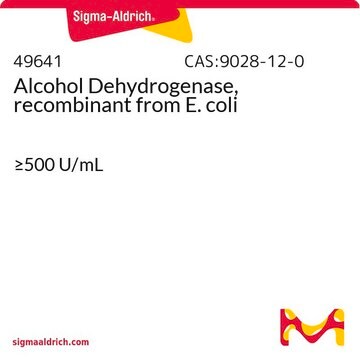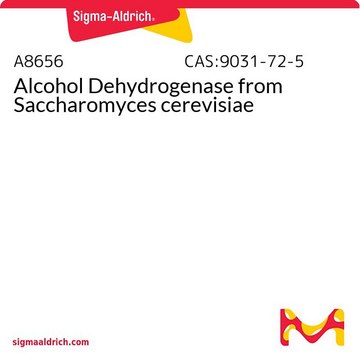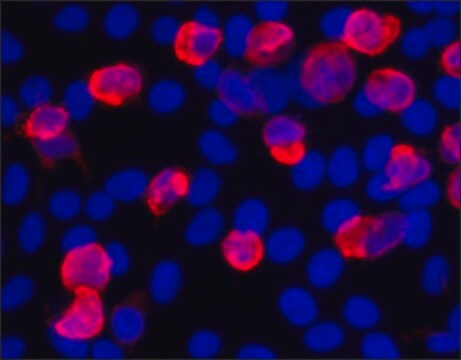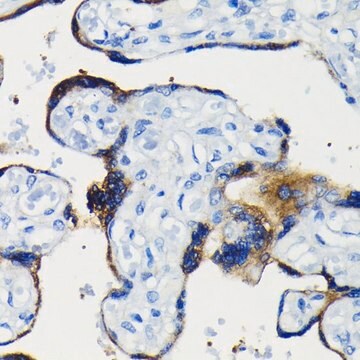MAB4349
Anti-TRA-2-49 Antibody, Liver/Bone/Kidney Alkaline Phosphatase, clone TRA-2-49/6E
clone TRA-2-49/6E, Chemicon®, from mouse
About This Item
ICC
IF
IP
immunocytochemistry: suitable
immunofluorescence: suitable
immunoprecipitation (IP): suitable
Productos recomendados
origen biológico
mouse
Nivel de calidad
conjugado
unconjugated
forma del anticuerpo
purified antibody
tipo de anticuerpo
primary antibodies
clon
TRA-2-49/6E, monoclonal
reactividad de especies
rabbit, feline, pig, human
no debe reaccionar con
rat, monkey, guinea pig, mouse
fabricante / nombre comercial
Chemicon®
técnicas
flow cytometry: suitable
immunocytochemistry: suitable
immunofluorescence: suitable
immunoprecipitation (IP): suitable
entrada
sample type induced pluripotent stem cell(s)
sample type: human embryonic stem cell(s)
isotipo
IgG1
Condiciones de envío
wet ice
modificación del objetivo postraduccional
unmodified
Descripción general
Undifferentiated human Embryonal Carcinoma (EC) and Embryonic Stem (ES) cells have been shown to express very high levels of Alkaline Phosphatase isozyme that is indistinguishable from the isozyme found in liver, bone and kidney. Expression levels of AP decrease following stem cell differentiation. This clone can be used to monitor the expression of the Human Liver / Bone / Kidney isozyme of Alkaline Phosphatase (AP), and hence the differentiation status of human EC and ES cells by flow cytometry.
Especificidad
Inmunógeno
Aplicación
Immunofluorescence: A previous lot of this antibody was used in IF.
FACS Analysis: A starting range of 5-20 µg/mL is suggested.
Immunoprecipitation: A previous lot of this antibody was used in IP.
Optimal working dilutions must be determined by end user.
Stem Cell Research
Pluripotent & Early Differentiation
Descripción de destino
Forma física
Almacenamiento y estabilidad
Nota de análisis
Undifferentiated human embryonic stem cells (H9 line). NTERA-2 cl.D1 whole cell lysate (pluripotent stem cells derived from teratocarcinoma and are considered the malignant counterparts of human embryonic stem cells)
Otras notas
Información legal
Cláusula de descargo de responsabilidad
¿No encuentra el producto adecuado?
Pruebe nuestro Herramienta de selección de productos.
Código de clase de almacenamiento
10 - Combustible liquids
Clase de riesgo para el agua (WGK)
WGK 2
Punto de inflamabilidad (°F)
Not applicable
Punto de inflamabilidad (°C)
Not applicable
Certificados de análisis (COA)
Busque Certificados de análisis (COA) introduciendo el número de lote del producto. Los números de lote se encuentran en la etiqueta del producto después de las palabras «Lot» o «Batch»
¿Ya tiene este producto?
Encuentre la documentación para los productos que ha comprado recientemente en la Biblioteca de documentos.
Nuestro equipo de científicos tiene experiencia en todas las áreas de investigación: Ciencias de la vida, Ciencia de los materiales, Síntesis química, Cromatografía, Analítica y muchas otras.
Póngase en contacto con el Servicio técnico






